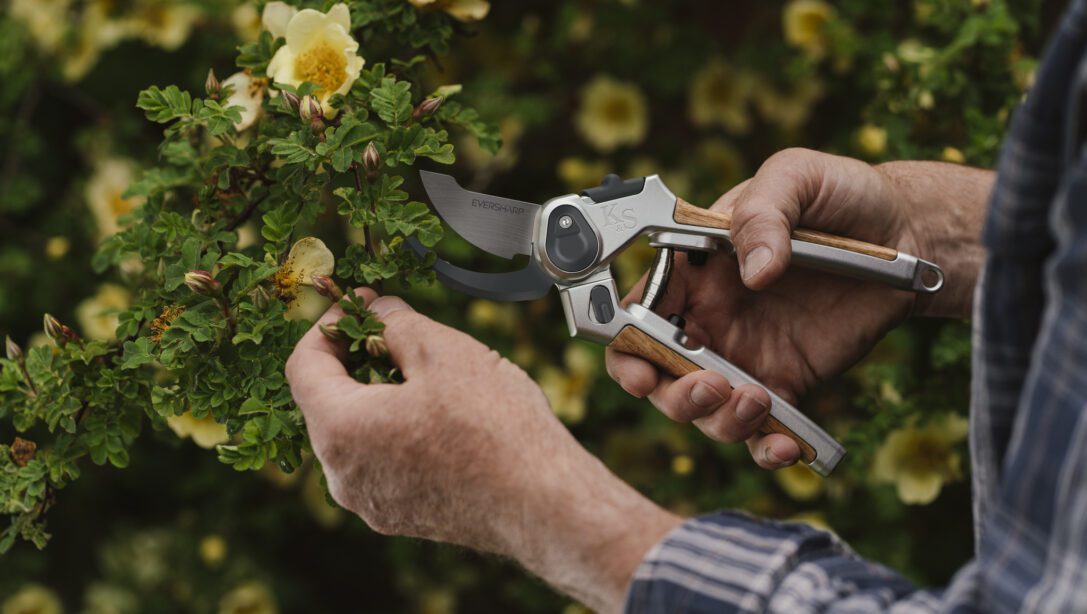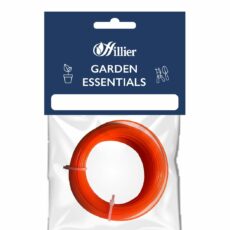Proper pruning is one of the elements of gardening that is as fundamental as weeding and watering. The purpose of pruning can vary – you may prune to shape or train a plant, to improve plant health, or to prolong flowering.
While the act of pruning in itself is not complicated, getting the timing right is crucial to ensure you get the very best from your plants.
Table of Contents
When pruning, it is important to use clean, sharp tools so that plants are not damaged in the process and can heal rapidly. It is always advisable to make a cut above a bud or set of buds as that is where the plant will regrow from and avoid leaving a stem which could die back. Generally a sloping cut away from the bud will shed water from the wound and assist healing. After pruning, it’s sensible to sterilise your tools to ensure there’s no cross contamination of disease between plants.
Our guide to what to prune when provides a thorough list of when to prune many of the best-loved plants in our garden, along with the severity or otherwise of pruning needed.
Please note that this guide doesn’t include the recommended regular deadheading of perennials and shrubs through the flowering season to promote increased flowering.
Do you have a plant that’s not included on this list that you would like to know when and how to prune? Contact us here – our plant experts will be happy to help.
Plants to Prune in January
Prune Back Gently
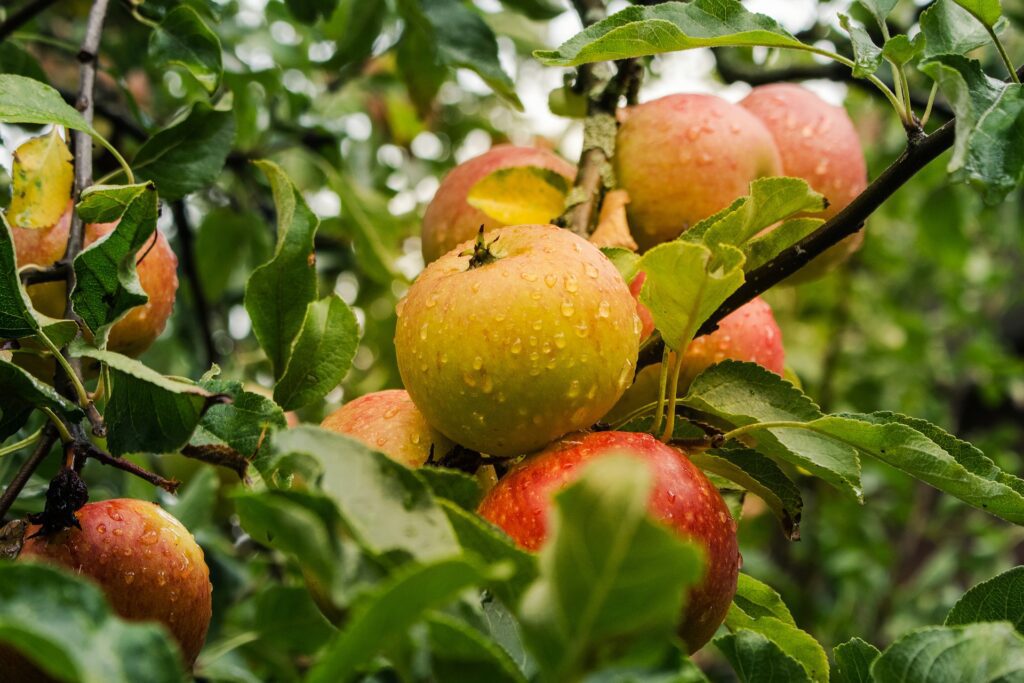
- Apple trees. Prune during the dormant season, usually between November and March. Remove crossing, dead or diseased branches. Shorten the previous year’s growth by a third. Do not prune the young side shoots.
- Pear trees. Prune during the dormant season, usually between November and March. Remove crossing, dead or diseased branches. Shorten the previous year’s growth by a third.
- Late flowering shrubs. Shrubs such as Physocarpus and Spiraea should be lightly pruned to promote strong shoots and enhanced flowering.
Plants to Prune in February
Prune Back Gently

- Climbing roses. Remove dead branches, prune flowered side shoots by two thirds, and cut woody stems to the ground if badly overgrown.
- Hydrangeas – mop-head and lace-cap varieties. Leave flowers over winter to protect the plant. In late winter/early spring, deadhead and cut back by 5cm to the next set of healthy buds. If your Hydrangea is overgrown, remove a small number of main shoots at the base.
- (Japanese maple) varieties. Prune between December and March. Once you see leaf buds starting to swell, prune back to a strong bud to promote growth.
Prune Back Hard
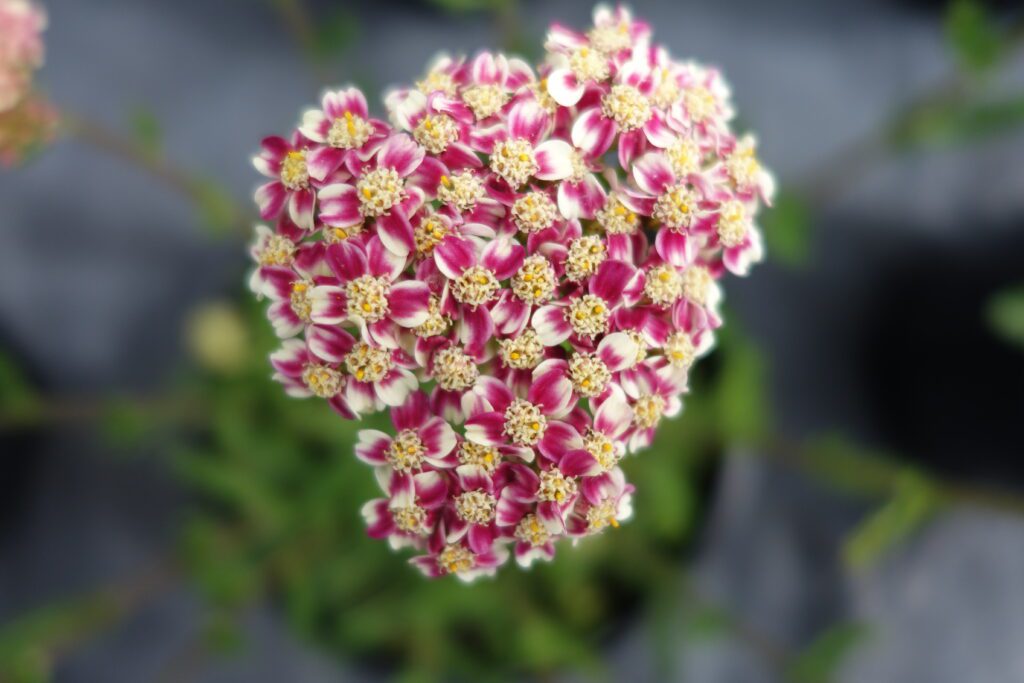
- Autumn-fruiting raspberries. Prune to about 5cm above the ground.
- Buddleja. Prune hard in late February to early March. Prune to around 45cm above the ground, pruning above an outward-facing bud. You may wish to prune again in the late autumn after flowering.
- Late summer-flowering Clematis varieties. Prune to a height of 10cm above the ground.
- Sambucus (elder). Can be pruned to 30 to 80cm above the ground to stimulate new growth. Cut above a bud.
- Achillea. Leave the seed heads during winter and cut them down to the ground in late February.
Plants to Prune in March
Prune Back Gently
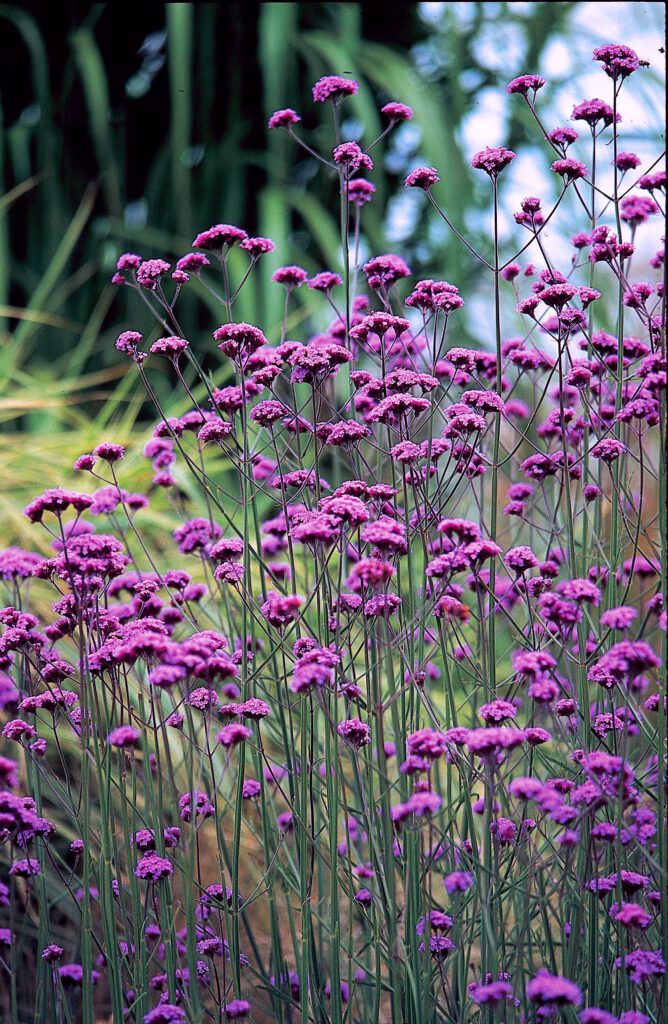
- Agapanthus. Remove old flower spikes. You may choose to do this after flowering in autumn before they set seed, or prefer to leave the seed heads for early winter interest.
- Callicarpa. Prune gently to shape as desired.
- Verbena bonariensis. Lightly prune back. Old woody stems can be cut to just above ground level or to where new shoots appear.
- Weigela. Lightly prune into shape and remove seed heads from the prior year. This will encourage a vigorous plant with strong flowering shoots.
Prune Back Hard
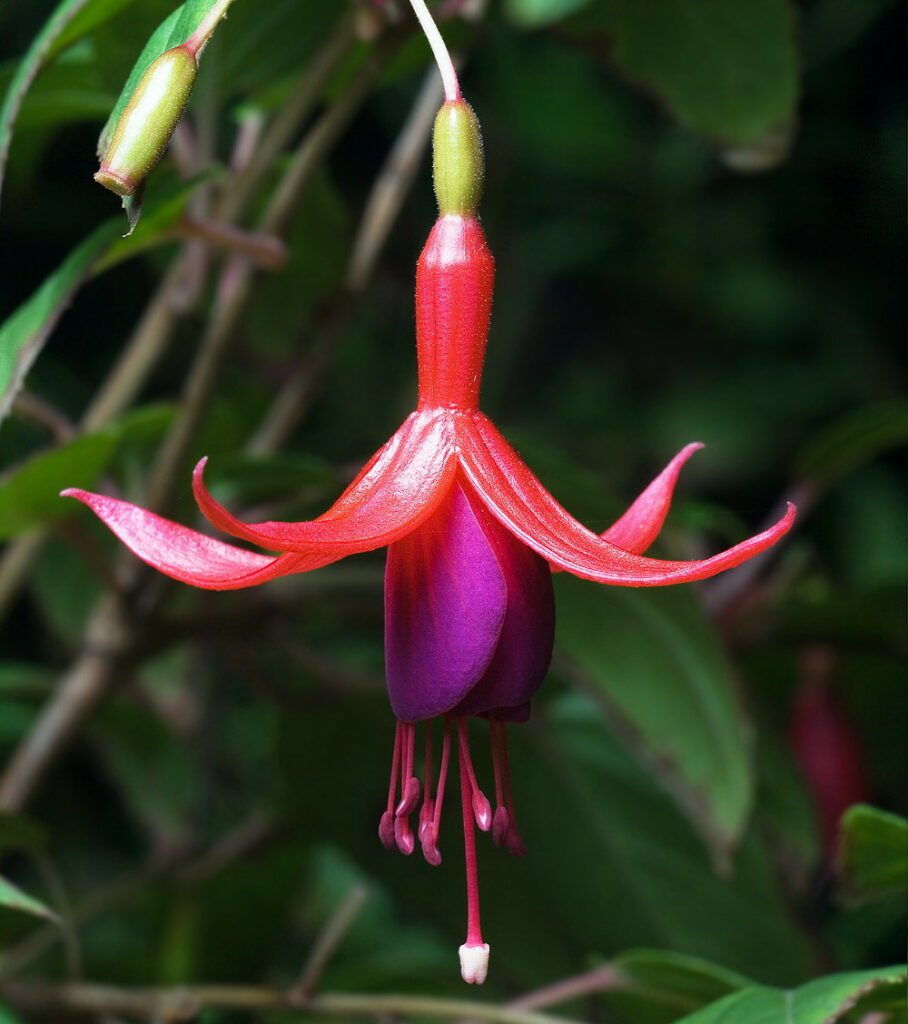
- Cornus. Prune all stems back to two buds and remove crossing stems. This is called “stooling” and encourages strong, vigorous upright stems. New growth offers the best winter colour.
- Fuchsia. Cut back to the main framework in early spring. This is best done just as the first buds are starting to swell and starting to grow but before growth has started.
- Leycesteria. Prune hard if you want to create a compact shrub by cutting back to 30cm. If you want a larger shrub, then they can be pruned lightly to shape.
- Perovskia. Cut back hard to the main framework, this develops strong shoots and encourages prolific flowering.
- Evergreen ornamental grasses – Carex, Festuca, Luzula. These are best cut back very hard to allow clean, fresh foliage without a base of cut shoots.
- Deciduous and semi-evergreen ornamental grasses – Miscanthus, Molinia, Calamogrotis, Hakonechloa, Stipa. Cut old growth back to ground level. Be careful not to cut new growth.
Hydrangea paniculata
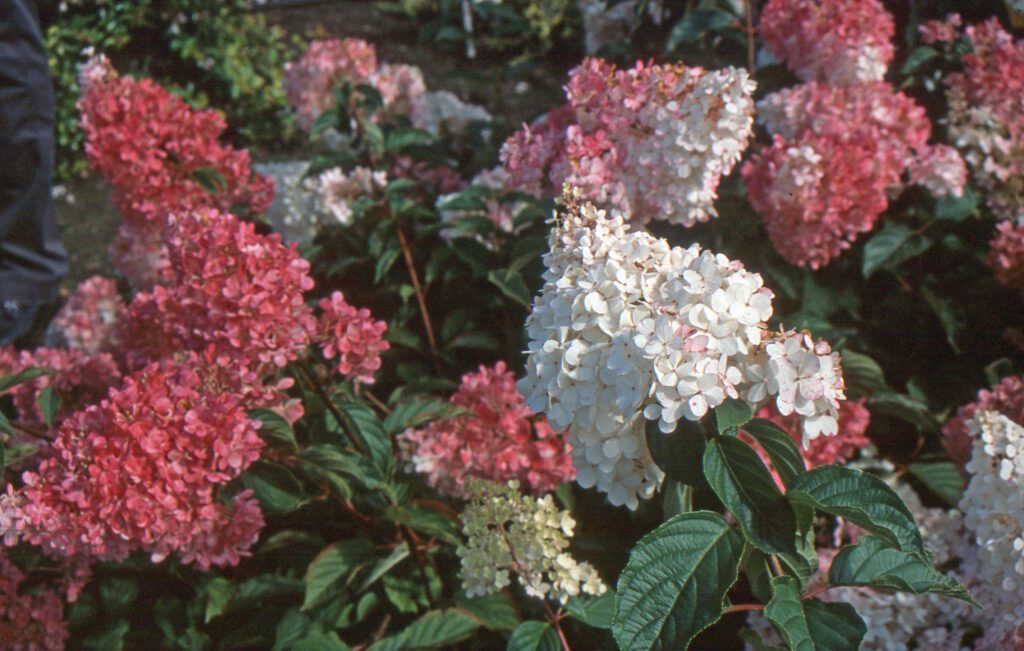
How to prune will affect the size of the plants, and there are 3 ways to prune.
Hard pruning (to 2 buds) – these plants will grow vigorously and produce a smaller number of larger flower heads a little later in the summer than the lightly pruned ones.
Moderate pruning (to 4 buds) – these plants have intermediate growth and flower size.
Light pruning (removal of previous year’s flower buds only) – this technique creates an early flowering plant with little growth and a large number of smaller flowers.
Plants to Prune in April
Prune Back Gently

- Calluna vulgaris (Heather). Prune back to the base of flower stalks in the early to mid-spring.
- Camellia. Only prune after the flowers have faded and on plants that are at least three years old. Remove any congested stems from the centre and shape to your liking.
- Cordyline. Remove any frost-damaged leaves once the risk of frost has passed.
- Ceanothus – late summer flowering evergreen varieties. Cut back last season’s growth by a third to a half.
- Evergreen shrubs – Euonymus, Fatsia, Hebe, Nandina. Remove any diseased, damaged or dead shoots along with overcrowded ones. You want to aim to remove about a third of old growth.
- Ilex (Holly). Prune between when the frosts finish and the end of July. Cut back to the desired shape and size, cutting stems but not leaves. Ilex will tolerate hard pruning, but it may take a few years to regain its full foliage again.
- Penstemon. Old stems provide winter protection. Once the risk of frost has passed in late April-May, remove old flower stems.
- Pittosporum. Reduce excessive growth in mid-spring.
- Salvias – shrubby varieties. Cut back dead and diseased stems by a third to a half.
- Vinca. Cut back invasive shoots in spring.
- Hamamelis (Witch Hazel). Prune minimally after flowering in mid-late spring, removing dead or damaged wood and pruning each branch back to healthy, young growth. Hamamelis will tolerate more severe pruning if needed.
- Skimmia. Pruning is not required, but trimming and shaping before spring growth appears will help keep things neat and encourage more flowers.
Prune Back Hard
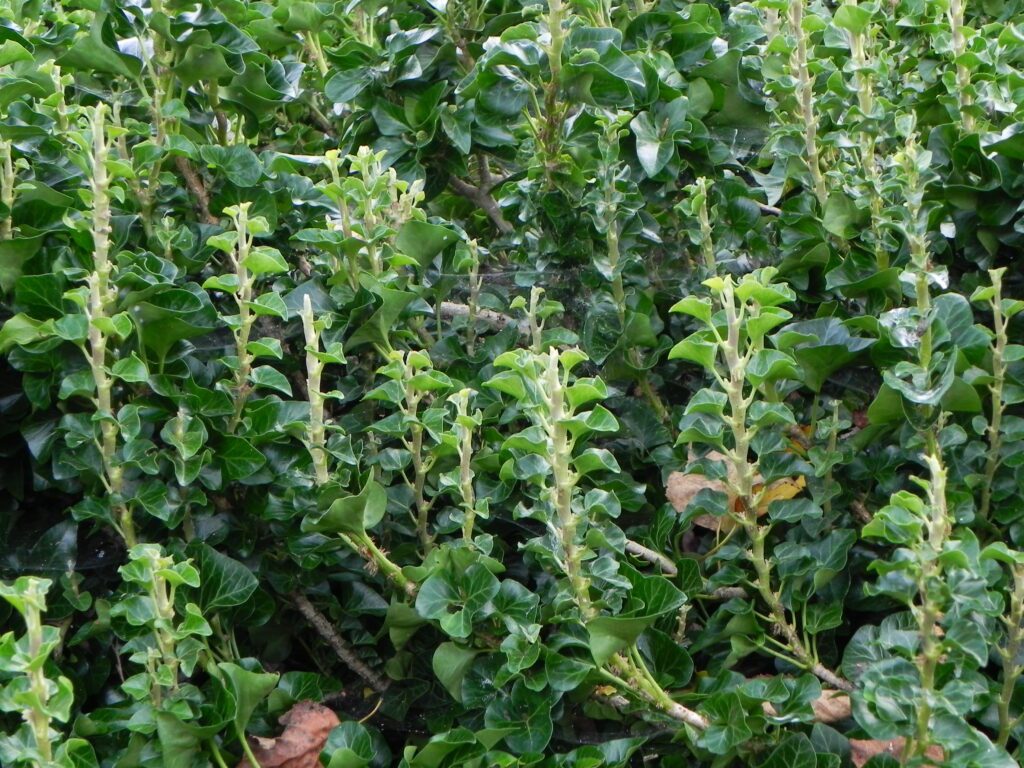
- Hedera helix. Prune back any excess growth, if required.
- Salvias – deciduous varieties. Once fresh growth is visible, cut stems to their lowest node, around 40cm from the ground.
- Salvia – herbaceous varieties. Cut off all of the previous year’s growth.
Plants to Prune in May
Prune Back Gently
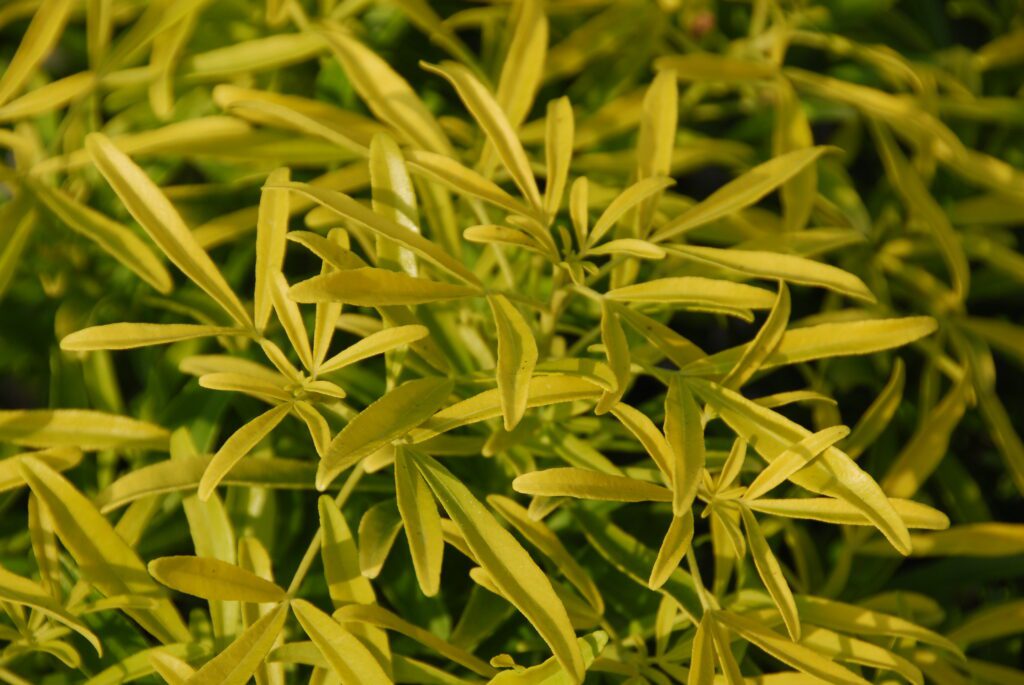
- Choisya. Prune back flowered stems by 30cm immediately after flowering in spring to encourage a second flush later in the year.
- Laurus noblis (bay tree). Cut it back to a healthy bud. Prune off any suckers at ground level. Bay will withstand harder pruning, but it will then take a couple of years to recover its foliage.
- Phormium. In late spring, remove any dead or damaged leaves from the base. Reduce in size by removing the outer shoots from the side of the main V-shaped leaf.
Prune Back Hard

Hibiscus. Prune back young plants hard in late spring ahead of the new flowering season. Established plants will require minimal pruning.
Plants to Prune in June
Prune Back Gently
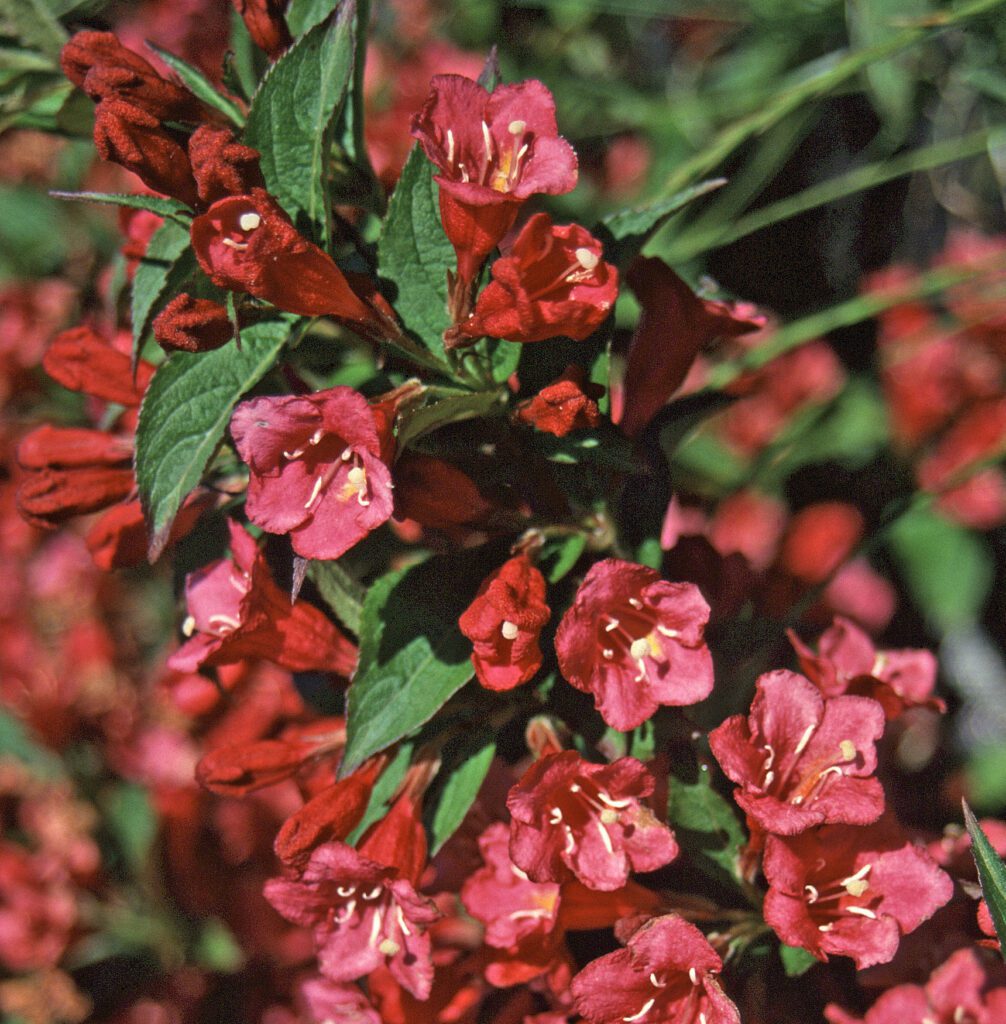
Weigela. Prune after flowering. Cut the flowered stems to below the flowers. You may wish to cut some older stems down to the ground. If the plant is still flowering, then wait until this has finished. Some of the modern cultivars will continue to flower into autumn and require no pruning other than a late-winter shaping.
Prune Back Hard
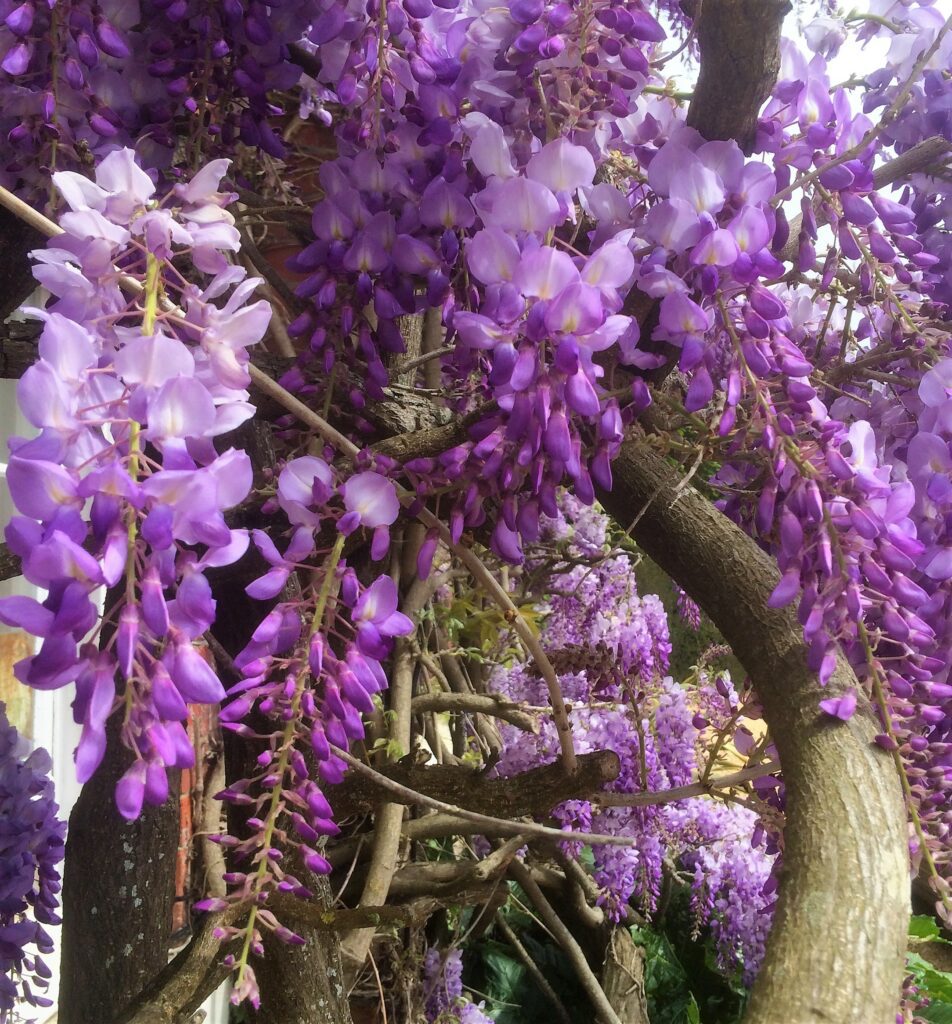
Wisteria. Prune twice a year – in the dormant season from November to February and again in summer after flowering. Cut back the side shoots to 30cm.
Plants to Prune in July
Prune Back Gently
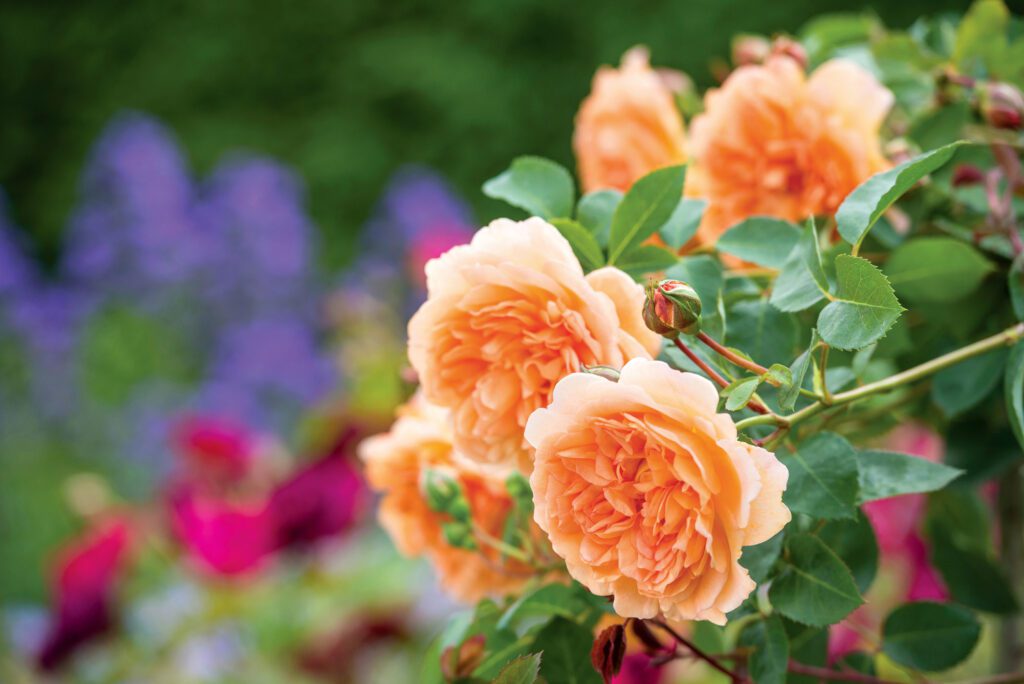
Shrub roses – varieties that flower once annually. Prune lightly to remove dead or damaged wood and avoid crossing or overcrowded branches.
Prune Back Hard

- Convolvus. Prune once flowering is finished. Prune back hard to maintain a compact and bushy shape.
- Lavender. Prune to around 30cm from the ground once the flowers have gone grey. Cut it back to just below the flower stem but not so far as the bare wood.
- Philadephus. Prune after flowering if required, taking back around 20% of stems to ground level.
Plants to Prune in September
Prune Back Gently
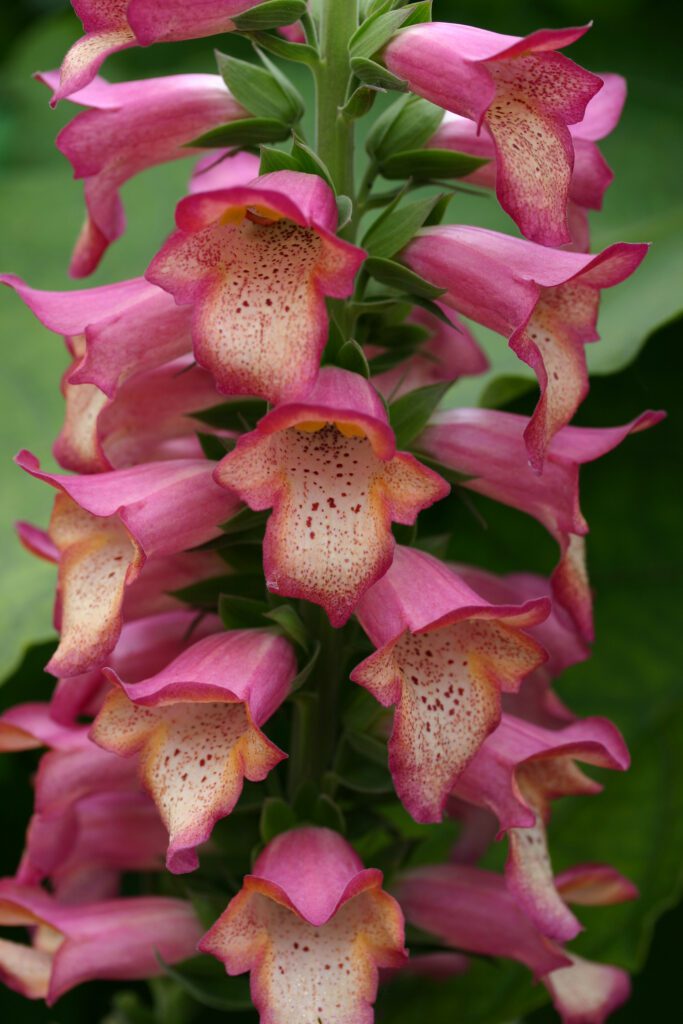
- Digitalis (foxgloves). Cut faded flower stems to the ground after flowering. If you want to ensure a succession of plants, then shake the seed heads over some patches of bare ground to sow some seed which will flower the following year.
- Abelia. Cut back lightly after flowering to maintain a neat shape.
Plants to Prune in October
Prune Back Gently

- Japanese anemone. Pruning is not necessarily needed, but you may choose to cut back to coincide with the first frosts.
- Leucanthemum. Cut flower stems back to the base once flowering has finished in autumn. These can also be left as a feature to catch the winter frosts and the seeds are eaten by many birds.
- Potentilla. Cut flowering stems back gently. Older or weaker stems can be cut all the way to the ground.
Plants to Prune in November
Prune Back Gently
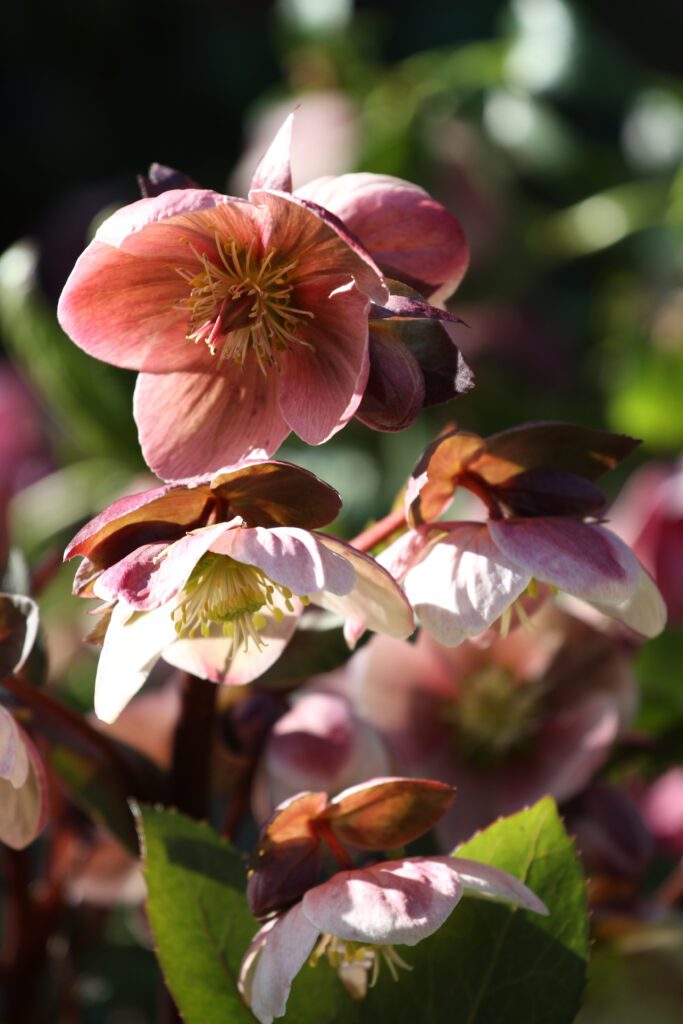
- Berberis. No pruning is required, but if desired, cut back after the autumn berries have gone.
- Blackcurrants. Remove old wood and leave healthy young branches.
- Blueberries. Remove old wood and leave healthy young branches.
- Buddleja. Cut back by about half in the late autumn. Harder pruning will follow in February/March.
- Gooseberries. Remove old wood and leave healthy young branches.
- Hydrangea petiolaris. Prune it back gently as needed to shape it in late autumn or early spring. With this, it will help your plant as it flowers on the previous season’s wood, any drastic pruning may restrict flowering the following year.
- Redcurrants. Remove old wood and leave healthy young branches.
- Helleborus. With Helleborus, the leaves from the plants of H. hybridus can be removed prior to flowering to tidy up the plants and expose the flowers. Care must be taken not to damage any flowering shoots.
Plants to Prune in December
Prune Back Gently

- Fig trees. Cut the oldest stems and any very thick stems to the base.
- Grapevines. In December to January, prune back to a main rod.
- Wisteria. Prune twice a year – in the dormant season from November to February and again in summer after flowering. Remove any dead or damaged branches. Tie in new growth and cut back the remaining long wispy stems to just two or three buds.


